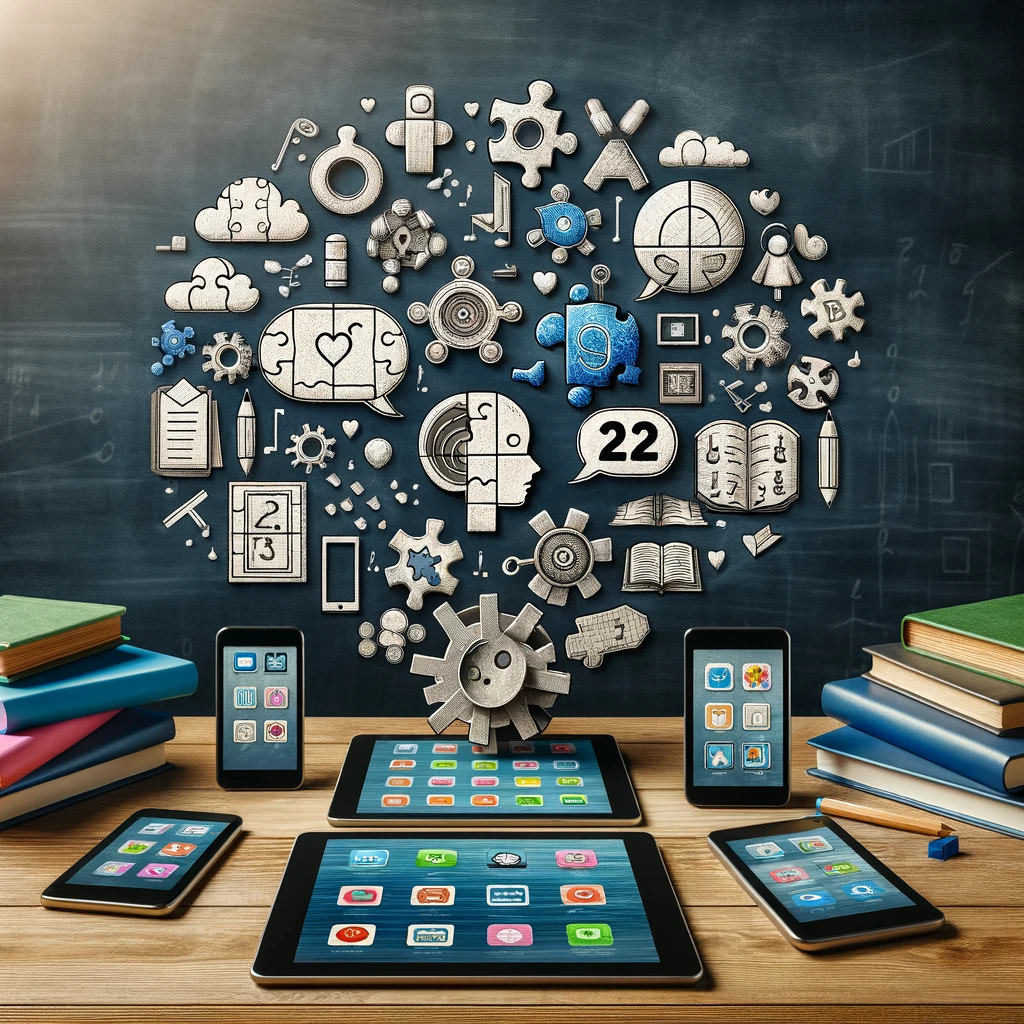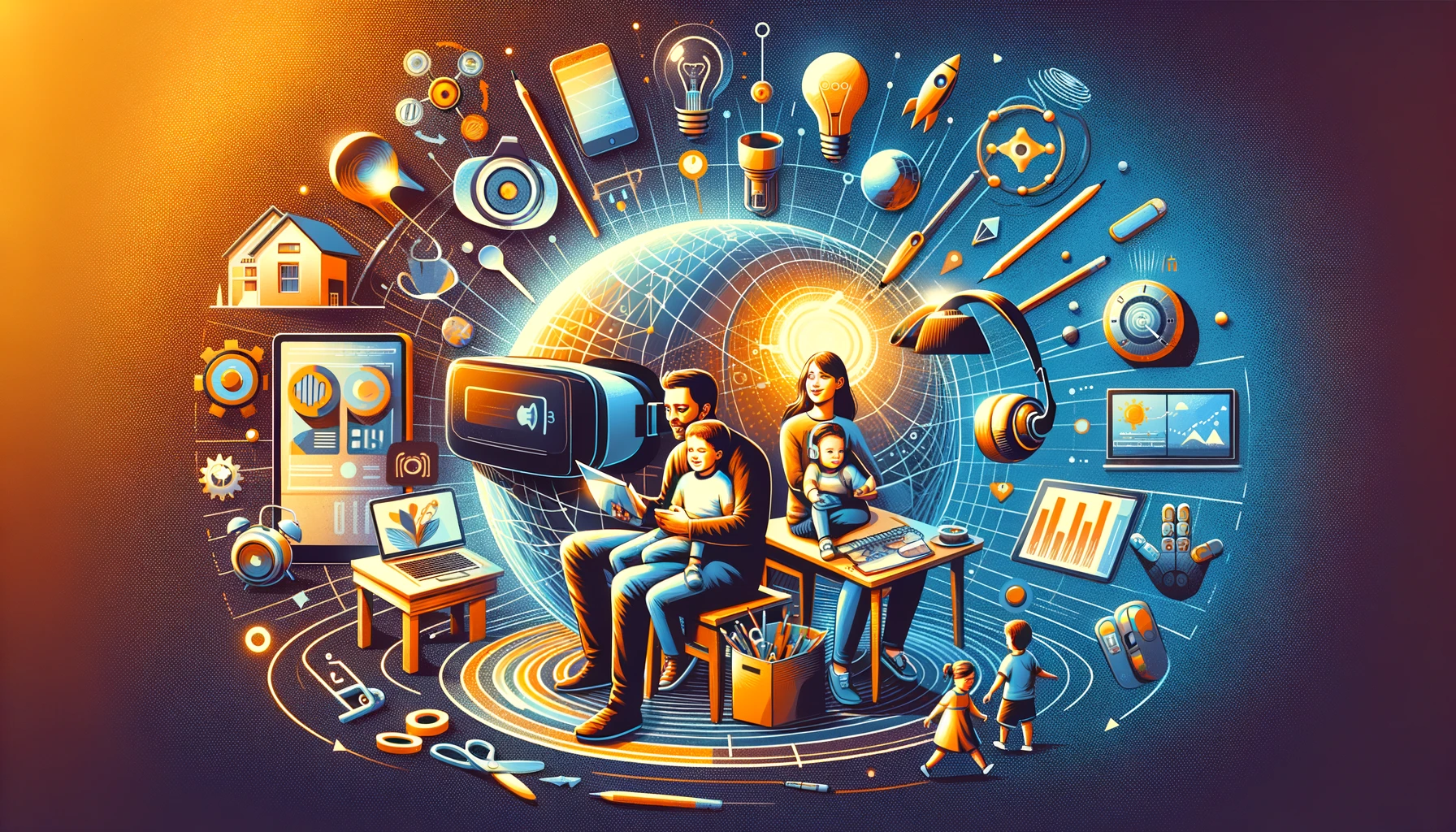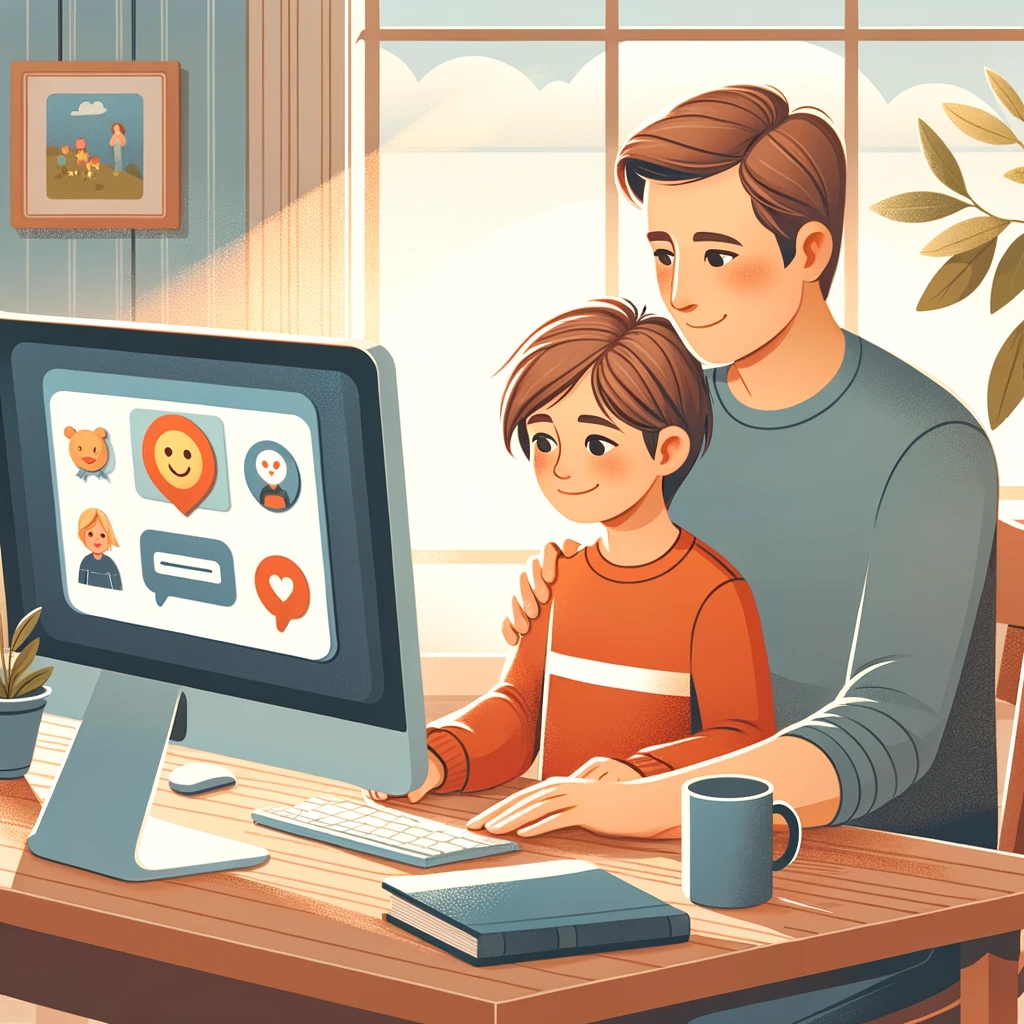Harnessing Technology: Top 9 Educational Apps for Children with Learning Disabilities

In the digital age, technology has become a powerful ally in addressing educational challenges, especially for children with learning disabilities. Interactive educational apps provide a unique platform that can cater to diverse learning needs, making education more accessible and engaging. Here, we explore ten groundbreaking apps that are making a significant difference in the lives of these young learners.
1. ModMath: A Mathematical Haven
Target Disabilities: Dyslexia, Dysgraphia
Key Features: Virtual graph paper, visual math problem layout
Description: ModMath is specially designed to assist children struggling with dyslexia and dysgraphia in math. It replaces the traditional pen-and-paper approach with a digital graph paper interface, allowing students to set out math problems in a structured, visual format. This intuitive design helps in understanding and organizing mathematical equations, making math less daunting and more approachable.
2. Dyslexia Quest: Gamifying Learning Challenges
Target Disabilities: Dyslexia
Key Features: Memory and focus games, skill assessments
Description: Dyslexia Quest uses an engaging gaming format to help assess and build key skills in children with dyslexia. The app focuses on enhancing memory, focus, and listening skills through a series of fun and interactive challenges. It also provides valuable feedback for parents and educators, helping them understand and cater to the specific needs of the child.
3. Ghotit Real Writer: A Writing and Reading Companion
Target Disabilities: Dyslexia, Dysgraphia
Key Features: Text prediction, dictionary, text-to-speech
Description: Ghotit Real Writer is tailored to aid children with dyslexia and dysgraphia in reading and writing tasks. It offers advanced features like text prediction, a comprehensive built-in dictionary, and text-to-speech capabilities. These tools collectively make the process of writing and reading more fluid and less frustrating for students.
4. Speech Blubs: Enhancing Speech and Pronunciation
Target Disabilities: Speech and Language Difficulties
Key Features: Voice-controlled activities, video technology
Description: Speech Blubs is designed for children facing speech and language difficulties. Utilizing voice-controlled and video technology, it encourages children to improve their speech and pronunciation in an interactive and enjoyable way. The app’s engaging format motivates children to practice and develop their speech skills actively.
5. Reading Eggs: Making Reading Engaging
Target Disabilities: Dyslexia, Reading Challenges
Key Features: Reading games and activities
Description: Reading Eggs turns the task of learning to read into a fun and engaging experience, particularly beneficial for children with dyslexia. It incorporates games and activities that promote reading skills, covering everything from the alphabet to complex sentences. The app’s interactive approach helps build confidence and proficiency in reading.
6. Proloquo2Go: A Voice for Every Child
Target Disabilities: Speech Impairments
Key Features: Symbol-based communication
Description: Proloquo2Go serves as an augmentative and alternative communication (AAC) app for children who have difficulty speaking. Offering a comprehensive symbol-based system, it empowers children to express themselves and communicate effectively using images. This tool is invaluable for non-verbal learners, providing them with a voice of their own.
7. Todo Math: Fun with Numbers
Target Disabilities: Math Learning Disabilities
Key Features: Interactive math games, diverse math concepts
Description: Todo Math is designed to assist children with learning disabilities in math. The app offers a variety of interactive math games that cover basic arithmetic, geometry, and more. Its playful and engaging format aims to build math skills in an enjoyable and stress-free environment.
8. MindMeister: Organizing Thoughts Visually
Target Disabilities: Organization, Visual Processing Difficulties
Key Features: Mind mapping, visual organization
Description: MindMeister is ideal for children who struggle with organization and visual processing. This app allows users to create mind maps, assisting them in organizing thoughts and ideas in a visual and intuitive manner. It’s an excellent tool for brainstorming, planning, and structuring information.
9. Clicker Connect: Building Writing Skills
Target Disabilities: Dyslexia, Learning Disabilities
Key Features: Word grids, sentence construction assistance
Description: Clicker Connect is a valuable app for children with dyslexia and other learning disabilities to improve their writing skills. It uses word grids to aid in constructing sentences, thereby enhancing both comprehension and writing structure. This approach simplifies the writing process, making it more accessible and less intimidating.
These apps represent just a fraction of the resources available to support children with learning disabilities. By harnessing the power of technology, we can provide these young learners with the tools they need to overcome challenges and succeed in their educational journeys. As technology continues to evolve, the potential to further aid and empower these students grows, paving the way for a more inclusive and accessible learning environment.


